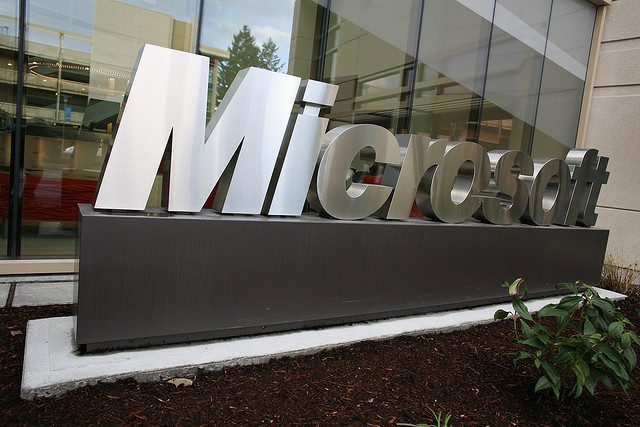Third-quarter financial reports from European chemical companies showed a significant decline in profits, with some even reporting net losses, and sales plummeting. Multiple pressures, including price declines due to overcapacity and exchange rate fluctuations, offset slight improvements in sales volume, leaving the market environment extremely challenging.
BASF saw a double decline in both profit and sales in the third quarter. A research report from multinational investment bank Jefferies on November 11th pointed out that BASF's profit margins are under pressure with no signs of improvement, and almost all indicators are at a cyclical low. Coupled with high capital expenditures in 2025, the company's profitability and cash flow continue to suffer. However, with the commissioning of a large-scale production base under construction in Zhanjiang, China, its capital expenditures in 2026-2027 are expected to decline.
Bayer, embroiled in litigation, continued to suffer net losses in the third quarter, but its EBITDA (earnings before interest, taxes, depreciation, and amortization), excluding non-recurring items, increased by 21% year-on-year to €1.51 billion, exceeding the €1.28 billion expected by S&P Capital analysts. The growth mainly came from its crop science business. The adjusted EBITDA for this business doubled year-on-year to €172 million, with profit margin rising from 0.9% to 4.5%, but revenue declined by 3.2% year-on-year to €3.86 billion.
Evonik swung to a loss in the third quarter, posting a net loss of €106 million, partly due to restructuring costs and impairment losses on infrastructure assets. Adjusted EBITDA fell 22% year-on-year to €448 million, a significant drop from €509 million in the second quarter; profit margin fell to 13.2% from 15.1% in the same period last year and 14.5% in the previous quarter. Revenue fell 12% year-on-year to €3.4 billion, mainly due to declining sales volume, further exacerbated by the divestiture of the superabsorbent polymers business in August 2024 and a weaker US dollar.
Covestro suffered a loss of €150 million due to the continued shutdown of its Dormagn plant in Germany. Third-quarter sales fell 12% and the company swung to a loss, subsequently lowering its full-year EBITDA guidance to €700 million to €800 million. The company stated that the decline in sales and EBITDA was mainly due to weak selling prices, currency fluctuations, and decreased sales volume, coupled with continued intensification of global market competition and price pressures. The production halt stemmed from a sudden power outage caused by an off-site fire on July 12th, which severely damaged the chlorination unit and the 280,000-ton/year toluene diisocyanate (TDI) unit, leading to a declaration of force majeure. Despite this, its third-quarter EBITDA of €242 million still exceeded market expectations of €169 million.
AkzoNobel swung from profit to loss in the third quarter, with declining sales and adjusted EBITDA of €385 million, lower than the expected €398 million, representing a 2% year-on-year decrease. The company stated that structural cost control and precise execution offset the impact of declining sales volume, while lowering its annual profit guidance to €1.48 billion for adjusted EBITDA in 2025.
Arkema, considering macroeconomic pressures and weaker-than-expected US demand, lowered its full-year EBITDA guidance to €1.25 billion to €1.3 billion. The company's third-quarter profits and sales declined, with EBITDA falling 24% year-on-year to €310 million, still exceeding market expectations of €306 million.
Lanxess Group's third-quarter sales fell 16.3% year-on-year, and EBITDA in its regular business was €125 million, a 27.7% year-on-year decrease. By business segment, the consumer protection business performed steadily, with EBITDA increasing 1.4% year-on-year to €72 million, and the profit margin improving to 15.9%; the specialty additives business was affected by weak demand and insufficient capacity utilization, resulting in a 26.2% decline in profit; and the high-quality intermediates business faced the dual challenges of price pressure and weak demand in the Asian market, with profits plummeting by 61.8%.


